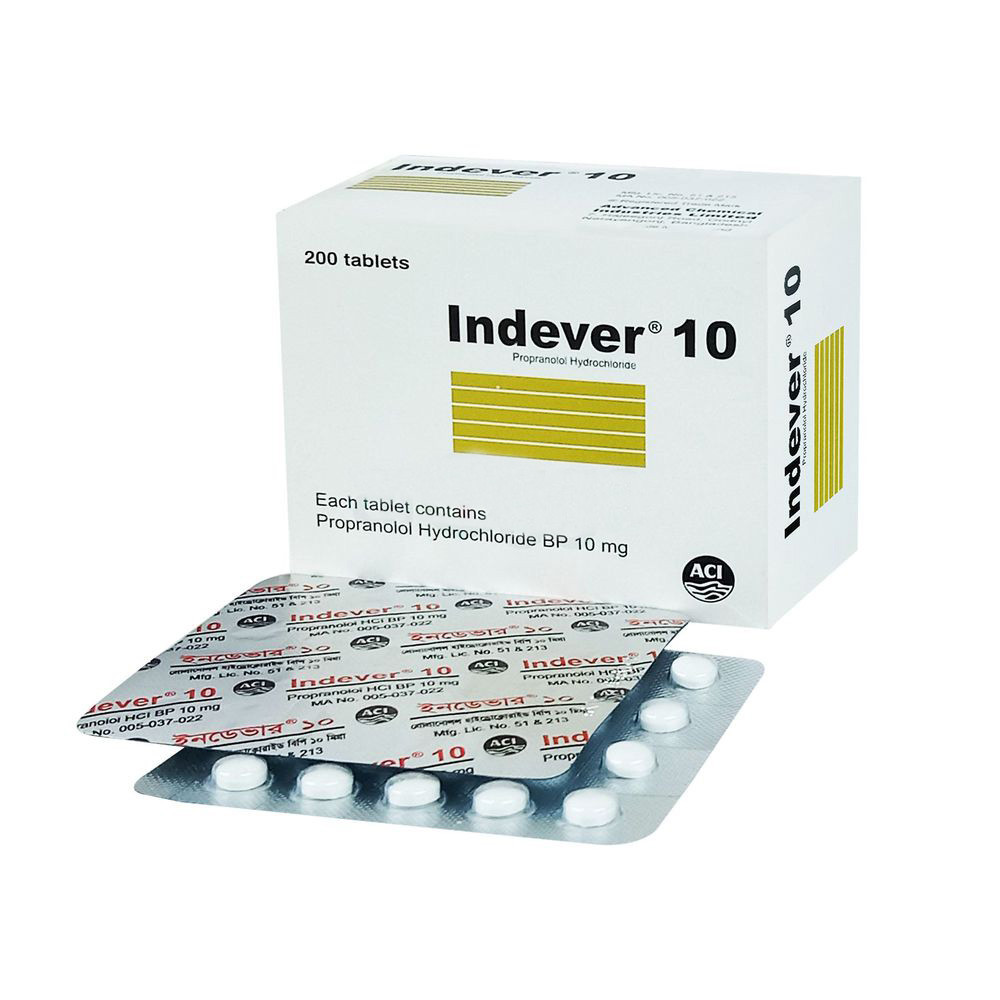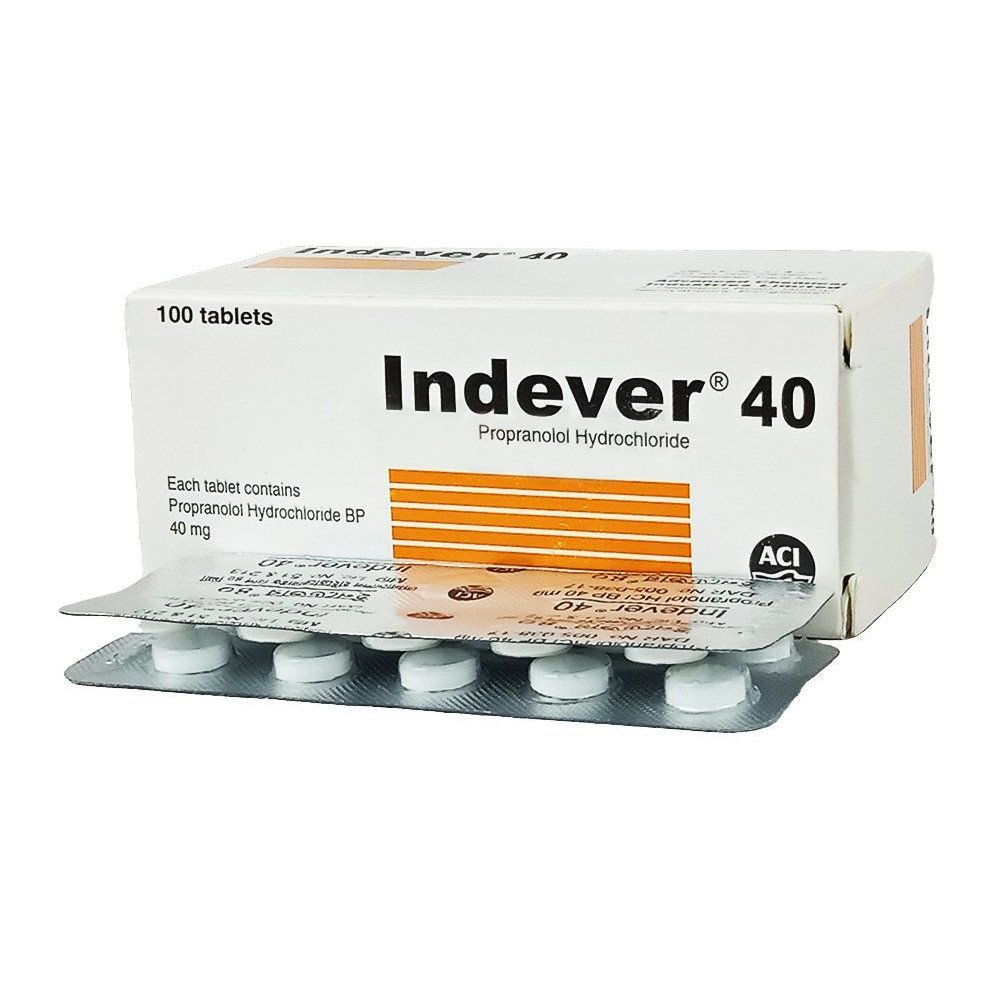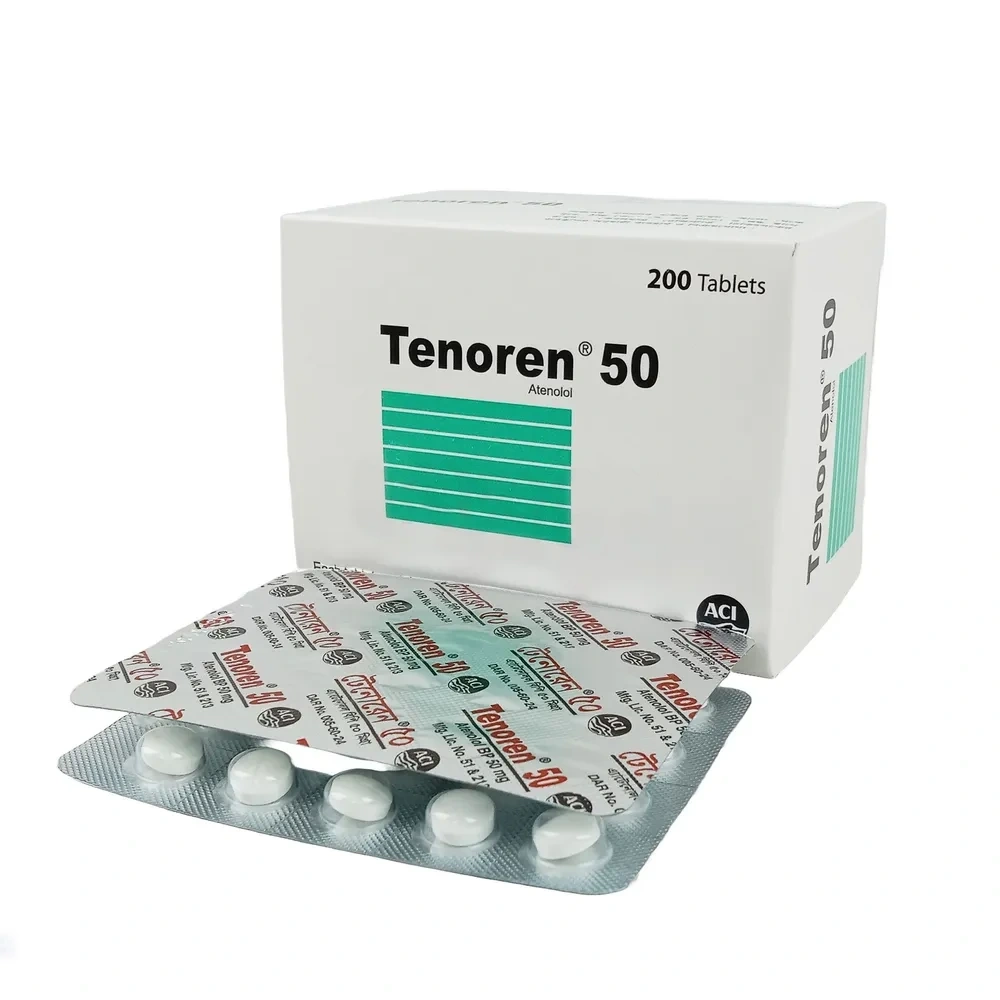Medicine Overview of Azithrocin 200mg/5ml Powder for Suspension
Azithrocin is an antibiotic used to treat various types of bacterial infections of the respiratory tract, ear, nose, throat, lungs, skin, and eye in adults and children. It is also effective in typhoid fever and some sexually transmitted diseases like gonorrhea.
Azithrocin is a broad-spectrum type of antibiotic effective in killing many types of gram-positive bacteria, some types of gram-negative bacteria and other microorganisms. This medicine is taken orally, preferably either one hour before or 2 hours after a meal. It should be used regularly at evenly spaced time intervals as prescribed by your doctor. Do not skip any doses and finish the full course of treatment even if you feel better. Stopping the medicine too early may lead to the return or worsening of the infection.
Commonly seen side effects seen with this medicine include vomiting, nausea, stomach pain, and diarrhea. These are usually temporary and subside with the completion of treatment. Consult your doctor if you find these side effects worry you or persist for a longer duration.
Inform your doctor if you have any previous history of allergy or heart problems before taking this medicine. Pregnant or breastfeeding women should consult their doctor before using this medicine.
- Bacterial infections
- Vomiting
- Nausea
- Abdominal pain
- Diarrhea
-
Do not skip any doses and finish the full course of treatment even if you feel better. Stopping it early may make the infection to come back and harder to treat.
-
Take it 1 hour before or two hours after food.
-
Do not take antacids 2 hours before or after taking Azithrocin.
-
Diarrhea may occur as a side effect but should stop when your course is complete. Inform your doctor if it doesn’t stop or if you find blood in your stools.
-
Stop taking Azithrocin and inform your doctor immediately if you develop an itchy rash, swelling of the face, throat or tongue or breathing difficulties while taking it.
Bacterial infections, bacterial endocarditis, typhoid fever, community-acquired pneumonia, uncomplicated gonorrhea, streptococcal pharyngitis/tonsillitis, COPD, acute bacterial sinusitis, acute otitis media, uncomplicated UTI, Uncomplicated gonorrhea, PID, non-gonococcal urethritis, chancroid, acute salmonellosis, cervicitis, babesiosis, chlamydial infections, pelvic inflammatory disease, PID, traveler’s diarrhea,
Oral Administration
Tablet: Take tablets without regard to food; however, food may enhance tolerability
Oral suspension
Conventional oral suspension (100 mg/5 mL, 200 mg/5 mL) may be stored for 10 days after reconstitution and taken without regard to food
Conventional 1 g package must be taken immediately after reconstitution
Extended-release oral suspension must be taken on empty stomach within 12 hours of reconstitution; given only in single dose; not interchangeable with immediate release formulation
IV Preparation
Dilute 500-mg vial in 4.8 mL of SWI (100 mg/mL)
Dilute further in NS to 1 mg/mL (500 mL) or 2 mg/mL (250 mL)
IV Administration
1 mg/mL solution: Infuse over 3 hours
2 mg/mL solution: Infuse over 1 hour
Adult: PO Resp tract infections; Skin and soft tissue infections
500 mg once daily for 3 days.
Chancroid; Non-gonococcal cervicitis/urethritis due to Chlamydia trachomatis; Uncomplicated genital infections due to Chlamydia trachomatis
1 g as a single dose.
Prophylaxis of disseminated MAC infections 1.2 g once wkly.
Treatment or secondary propjhylaxis: 500 mg once daily w/ other antimycobacterials.
Uncomplicated gonorrhoea 2 g as a single dose. Granuloma inguinale Initial: 1 g, then 500 mg/day until all lesions have healed completely.
Active immunisation against typhoid fever caused by Salmonella typhi 1 g once daily for 5 days.
IV Community-acquired pneumonia 500 mg as a single IV daily dose for 2 days, then 500 mg single oral dose daily to complete 7-10 days of therapy.
Pelvic inflammatory disease 500 mg as a single IV daily dose for 1-2 days, then 250 mg single oral dose daily to complete a 7-day therapy.
Elderly: No dosage adjustment needed.
Hepatic impairment: No dosage adjustment needed.
Child: PO: q24h
Otitis: 10 mg/kg/day for 1 day, then 5 mg/kg for 4 days; or 10 mg/kg/day for 3 days; or 30 mg/kg once.
Pharyngitis: 12 mg/kg/day for 5 days.
Sinusitis: 10 mg/kg/day for 3 days.
CABP: 10 mg/kg for 1 day, then 5 mg/kg/day for 4 days or 60 mg/kg once of ER susp
MAC/PCP prophylaxis: 5 mg/kg/day
IV: 10 mg/kg q24h
>6 mth 10 mg/kg;
15-25 kg: 200 mg;
26-35 kg: 300 mg;
36-45 kg: 400 mg.
All doses to be taken once daily for 3 days.
May increase the risk of Torsades de pointes and fatal heart arrhythmias in patients w/ prolonged QT interval, low K or Mg blood levels, slow heart rate and medication treating abnormal heart rhythms. Impaired hepatic and renal function. Pregnancy and lactation. Monitoring Parameters Liver function tests, CBC w/ differential.
Lactation: Unknown whether drug is excreted into breast milk; use with caution
>10%
High single dose therapy
Diarrhea (52.8%),Nausea (32.6%),Abdominal pain (27%),Loose stool (19.1%)
1-10%
Cramping (2-10%),Vaginitis (2-10%),Dyspepsia (9% with single high dose therapy),Flatulence (9% with single high dose therapy),Vomiting (6.7% with single high dose therapy),Malaise (1.1%)
<1%
Agitation,Allergic reaction,Anemia,Anorexia,Candidiasis,Chest pain,Conjunctivitis,Constipation,Dermatitis (fungal),Dizziness,Eczema,Edema,Enteritis,Facial edema,Fatigue,Gastritis,Headache,Hyperkinesia,Hypotension,Increased cough,Insomnia,Leukopenia,Malaise,Melena,Mucositis,Nervousness,Oral candidiasis,Pain,Palpitations,Pharyngitis,Pleural effusion,Pruritus,Pseudomembranous colitis,Rash,Rhinitis,Seizures,Somnolence,Urticaria,Vertigo
Potentially Fatal: Angioedema and cholestatic jaundice.
Pregnancy
Available data from published literature and postmarketing experience over several decades with azithromycin use in pregnant women have not identified drug-associated risks for major birth defects, miscarriage, or adverse maternal or fetal outcomes (see Data); data do not suggest embryofetal risk (Developmental and Reproductive Toxicology Database [DART]; https://toxnet.nlm.nih.gov/newtoxnet/dart.htm)
Animal data
Developmental toxicity studies with azithromycin in rats, mice, and rabbits showed no drug-induced fetal malformations at doses up to 4, 2, and 2 times, respectively, an adult human daily dose of 500 mg based on body surface area; decreased viability and delayed development were observed in offspring of pregnant rats administered azithromycin from day 6 of pregnancy through weaning at a dose equivalent to 4 times an adult human daily dose of 500 mg based on body surface area
Lactation
Drug is present in human milk; non-serious adverse reactions reported in breastfed infants after maternal administration of therapy; there are no available data on effects on milk production; developmental and health benefits of breastfeeding should be considered along with mother’s clinical need for therapy and potential adverse effects on breastfed infant from drug or underlying maternal condition; advise women to monitor breastfed infant for diarrhea, vomiting, or rash.
Increases serum concentrations of digoxin, ciclosporin, terfenadine, hexobarbital and phenytoin. Decreased rate of absorption w/ antacids containing aluminium and magnesium. Increased risk of ergot toxicity.
Potentially Fatal: Increased risk of cardiotoxicity w/ pimozide.













































